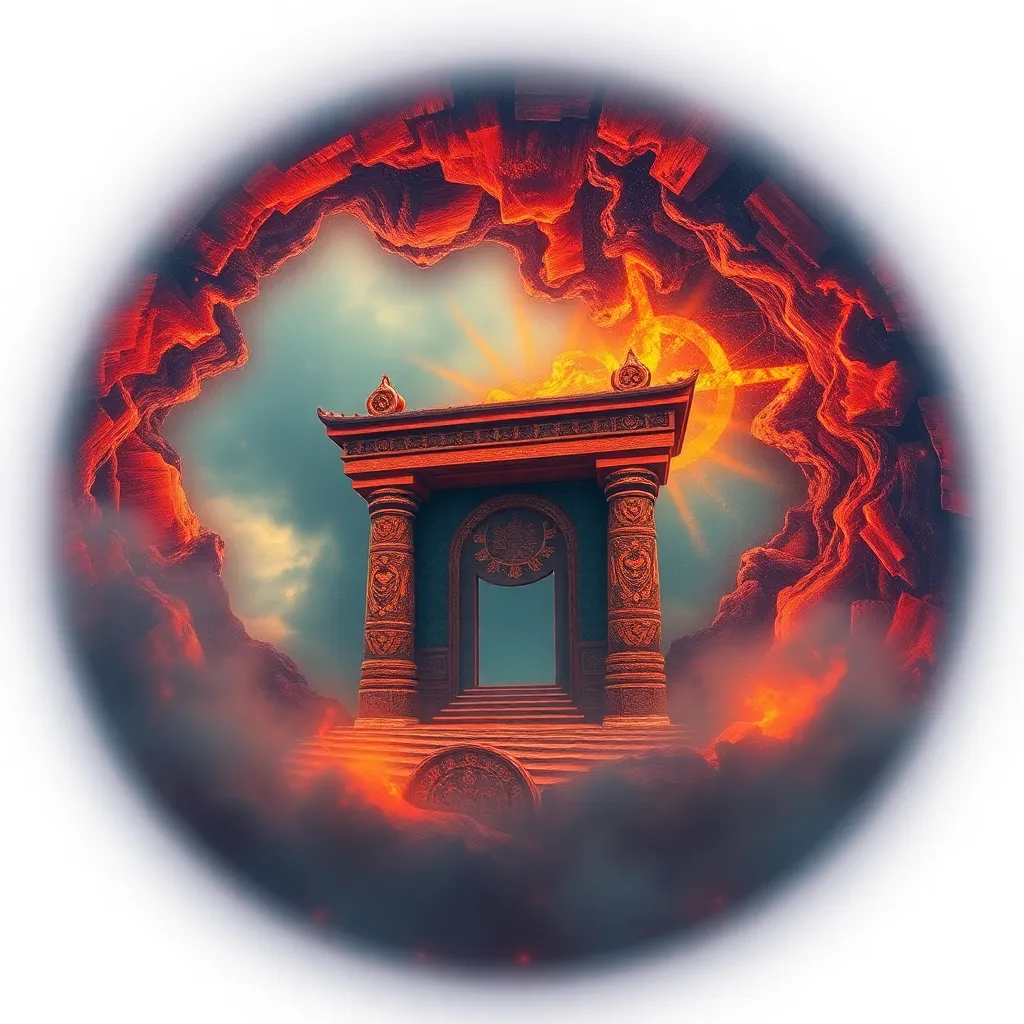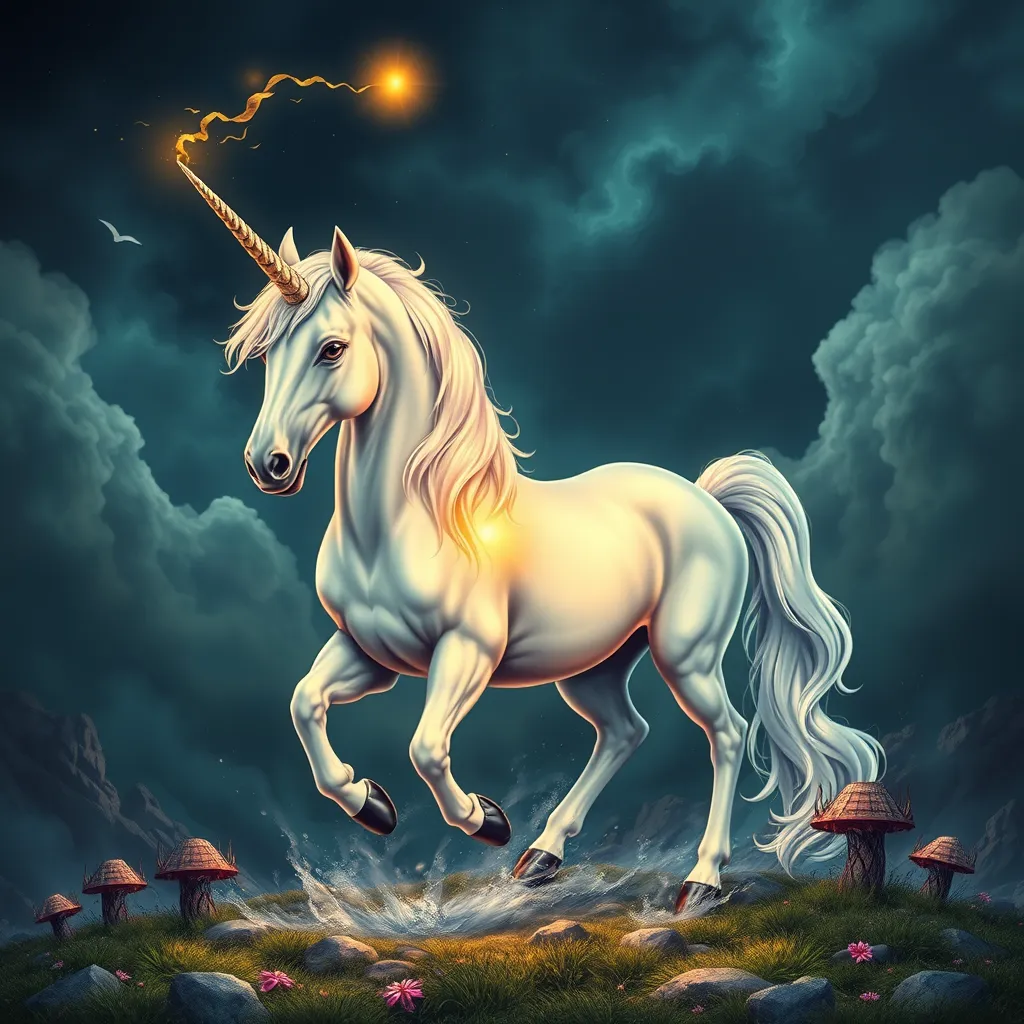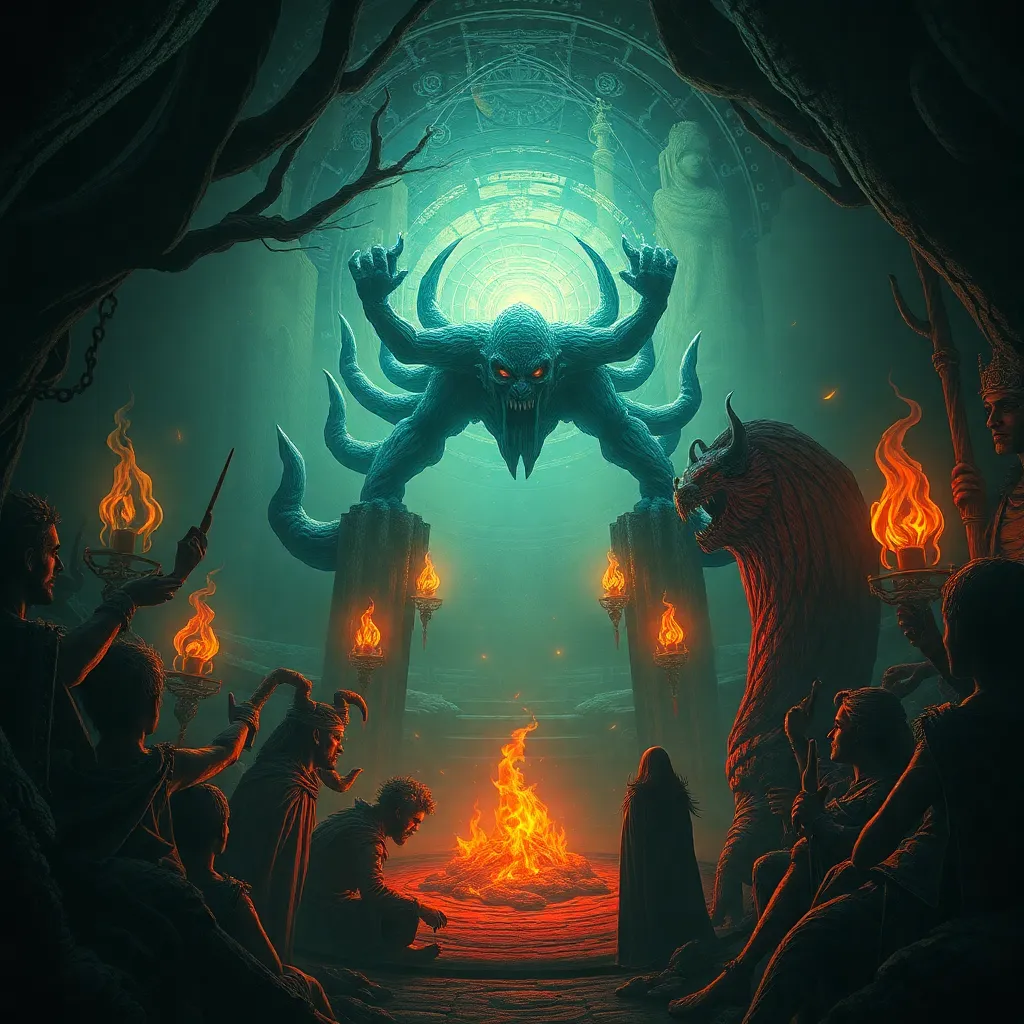The Baku and the Power of Symbolism: Exploring the Myth’s Use of Symbolic Language
I. Introduction
The Baku myth, originating from various Asian cultures, presents a fascinating narrative that intertwines the realms of dreams and nightmares. This creature, often depicted as a composite of different animals, has captured the imagination of many throughout history. Its significance goes beyond mere folklore; it embodies vital themes of protection, fear, and the subconscious mind.
Symbolism plays a crucial role in mythology. It provides layers of meaning that enrich our understanding of cultural narratives. In the case of the Baku, its symbolic language serves to communicate complex ideas about the human experience, particularly regarding dreams. This article aims to analyze the symbolic language of the Baku, exploring its origins, meanings, and contemporary relevance.
II. The Origins of the Baku Myth
The Baku has a rich historical background rooted in several Asian cultures, particularly in Japan and China. In Japanese folklore, the Baku is a benevolent creature that devours nightmares, allowing individuals to sleep peacefully. Conversely, in Chinese culture, it is often associated with the concept of auspiciousness and protection.
The evolution of the Baku myth across different regions reveals its adaptability and significance. Over the centuries, the Baku has transformed into various forms, each representing different aspects of dreams and nightmares. Its presence in folklore reflects societal values and beliefs regarding the subconscious experience.
In essence, the Baku holds a significant place in tradition, symbolizing hope and safety in the face of fear and uncertainty. It serves as a protector against the dangers lurking within our dreams, embodying the human desire for peace and security.
III. The Symbolism of the Baku
The Baku is rich in symbolism, serving multiple roles within the realm of dreams.
- The Baku as a symbol of dreams and their interpretations: The Baku is often seen as a dream-eater, consuming nightmares and allowing for the emergence of positive dreams. This aspect highlights the importance of dreams in understanding our subconscious mind.
- Connection between the Baku and the concept of protection: As a guardian against nightmares, the Baku symbolizes protection. It reassures individuals that they are safe from the terrors of their own minds.
- The duality of the Baku: creator and destroyer of nightmares: The Baku embodies a fascinating duality, as it can both create dreams and destroy nightmares, illustrating the complexity of the human psyche.
IV. Cultural Interpretations of the Baku
Across different cultures, the portrayal of the Baku varies significantly. In Japan, it is depicted as a mystical creature that helps individuals achieve restful sleep. In contrast, in Chinese lore, the Baku is often associated with auspicious events and good fortune.
Symbolic meanings attributed to the Baku differ across traditions:
- In Japan, it signifies hope and the pursuit of peaceful dreams.
- In China, it embodies good luck and the dispelling of evil spirits.
- In other Asian cultures, it may symbolize wisdom and knowledge gained from dreams.
The Baku’s role extends into art and literature as well. It has inspired countless works of art, from traditional paintings to modern interpretations in literature and film, emphasizing its enduring influence on cultural expression.
V. The Baku in Contemporary Society
In contemporary society, the Baku has seen modern adaptations and representations that reflect current cultural contexts. It appears in various forms of media, including films, literature, and art, often serving as a metaphor for personal struggles and mental health issues.
In popular culture, the symbolism of the Baku resonates with discussions on mental health and well-being:
- Films may portray the Baku as a character that helps protagonists confront their fears.
- Literature often uses the Baku to explore themes of anxiety and the subconscious.
- Art installations may feature the Baku as a representation of the fight against mental health stigma.
As society increasingly recognizes the importance of mental health, the Baku’s symbolism remains relevant, serving as a reminder of the power of dreams and the necessity of confronting our inner fears.
VI. Analyzing the Symbolic Language of the Baku
The methods of interpreting the Baku’s symbolic language can be approached through semiotics and cultural analysis. Semiotics allows for the breakdown of symbols into their constituent parts, while cultural analysis provides context for understanding their meanings within specific societies.
Case studies of symbolic language in Baku narratives reveal how these stories convey deeper meanings:
- Examining folklore sources can uncover the values and fears of the culture.
- Analyzing modern adaptations can highlight shifts in societal attitudes towards mental health.
The impact of symbolism on audience perception and understanding is profound. The Baku’s representation can evoke empathy and connection, allowing audiences to explore their own fears and aspirations.
VII. The Broader Implications of Symbolism in Mythology
The Baku myth reflects universal themes found in mythology, such as the struggle between good and evil, the balance of light and dark, and the quest for understanding the self. These themes resonate across cultures, illustrating the shared human experience.
Symbolism plays a crucial role in shaping cultural identities. Myths like that of the Baku contribute to a collective understanding of societal values, fears, and hopes. Preserving these mythological symbols is essential for future generations to connect with their cultural heritage.
VIII. Conclusion
In conclusion, the Baku serves as a powerful symbol within mythology, embodying the complexities of dreams and the human psyche. Its symbolic language offers insights into cultural beliefs and values, highlighting the importance of understanding and interpreting these narratives.
As we explore the power of symbolism in mythology, we are reminded of the relevance of these stories in our lives today. The Baku is not just a mythological creature; it is a representation of our struggles and triumphs in the realm of dreams. We are encouraged to appreciate and explore cultural myths, for they hold invaluable meanings that can enrich our understanding of ourselves and the world around us.



